I’ve spent a lifetime getting behind-the-scenes of many corners of the world through friends who guide me to money-can’t-buy travel experiences. Ready to become a traveller rather than a tourist? I’d love to show you my favourite corners of Europe & Australia.

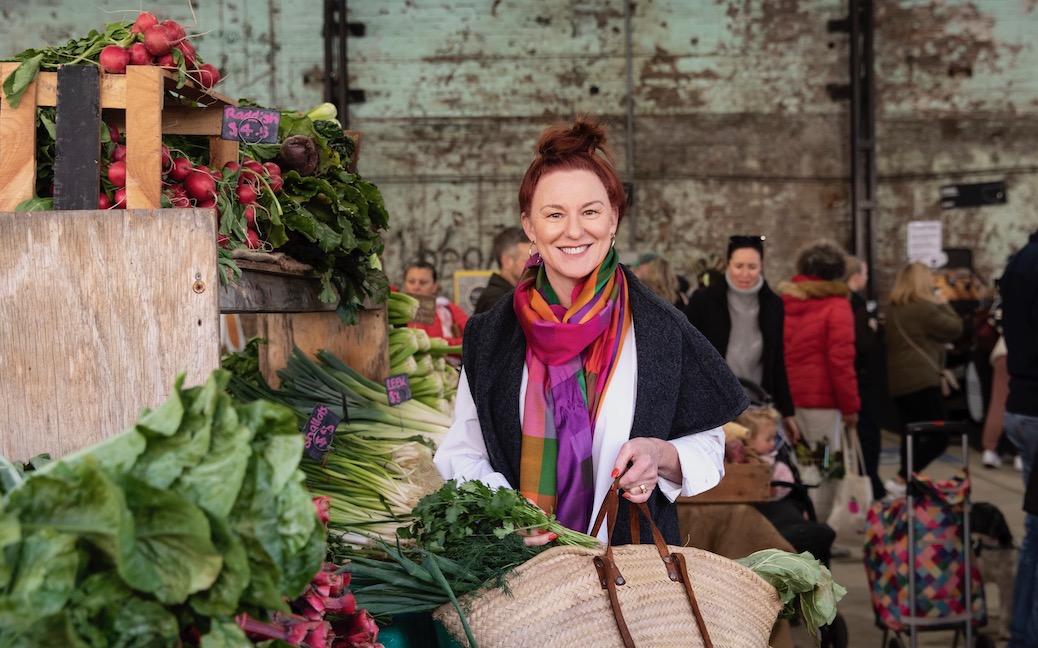
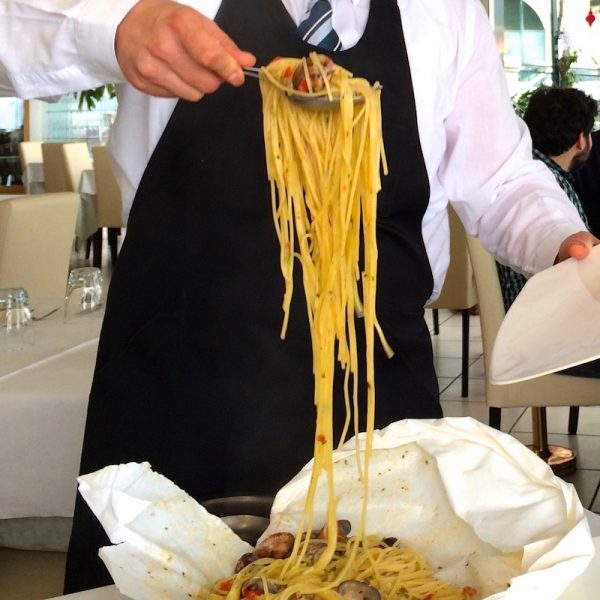
Southern Italians turn simple fresh produce into almost unreasonably tasty dishes! Olive oil, garlic, chilli and wild aromatic herbs blend with the citrus, nuts, honey and dried fruits brought by the Arabs. On this small group food and wine tour we'll take time to enjoy ‘le piccole cose’ (the little things), which makes life worth living.
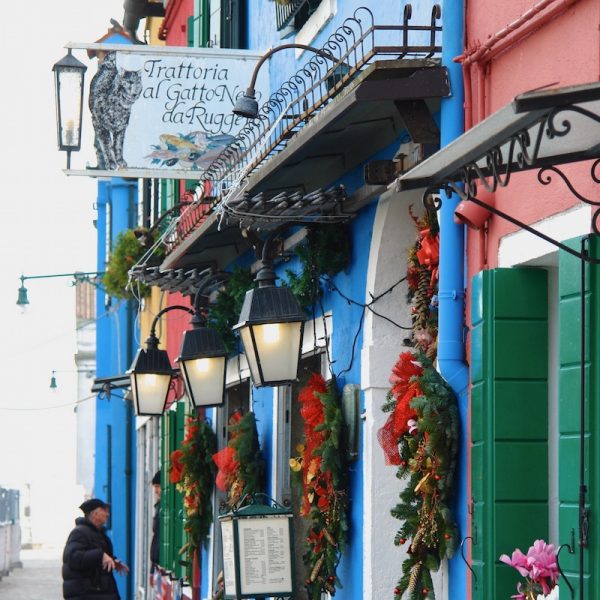
On this small group food and wine tour we'll see Venice through the eyes of locals. Learn which tiny calli to wander down to find the best bacari for cicchetti e un’ombra. Then discover Venice in context in the Veneto countryside, where wealthy Venetians had their farms and iconic wines like Valpolicella and Prosecco are produced.
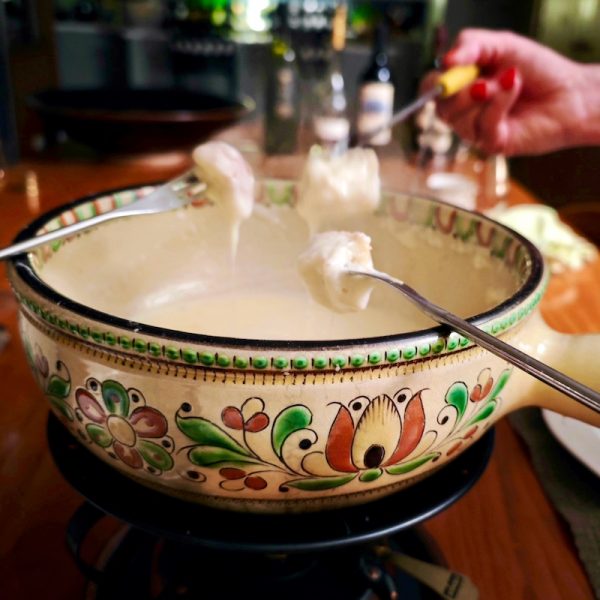
Switzerland is a bucket list experience, yet impossible to discover without insider help. I'm an accredited Swiss Travel Expert and – thanks to my Swiss husband, family and friends – know it as few outsiders can. On this small group food & wine tour, I'll show you the corners of Switzerland the tourists never find.
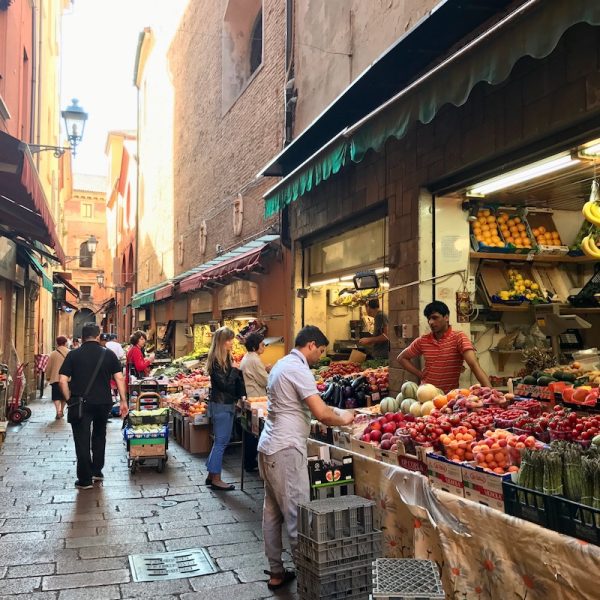
Emilia-Romagna is called Italy’s Food Valley for its abundance of world-class produce. And we'll discover it on this small group food and wine tour, from renowned Parmigiano Reggiano and Aceto Balsamico Tradizionale to lesser-known regional specialties and wonderful Adriatic seafood – not to mention the regional wines!


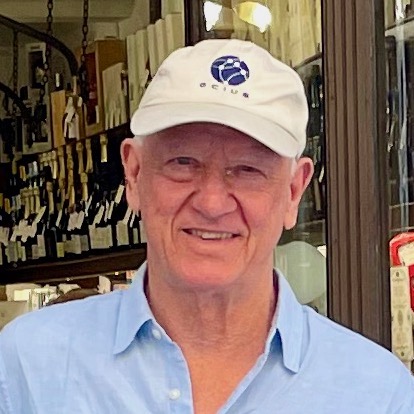
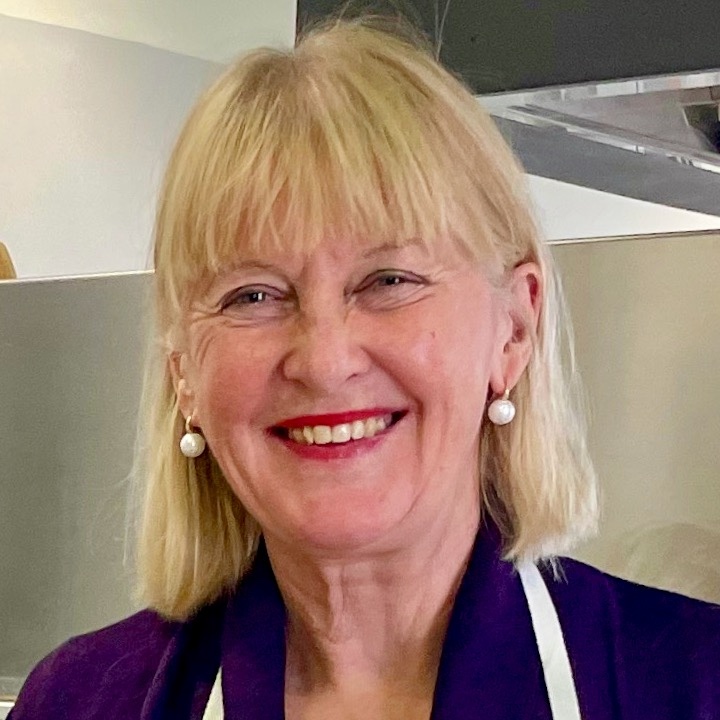
We noticed you're visiting from United States (US). We've updated our prices to United States (US) dollar for your shopping convenience. Use Australian dollar instead. Dismiss